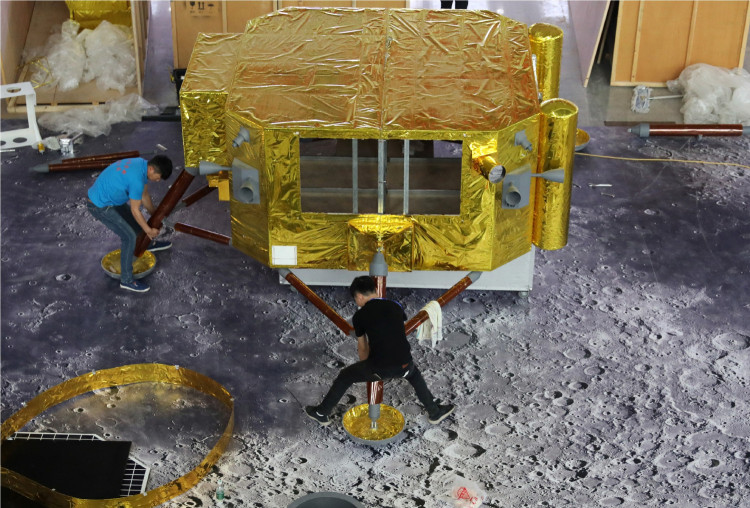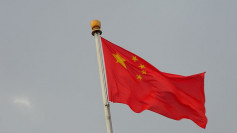The China National Space Administration is pursuing a robotic mission that will gather samples from an asteroid and a comet. China invites international researchers to take part in its deep space exploration plan.
Yang Ruihong, China National Space Administration cooperation manager, said during an interview with Nature that the ten-year mission is scheduled for launch from 2024. The exploration still needs to be formally approved by the government.
In 2010, Japan and the United States built spacecraft orbiting asteroids. The Hayabusa mission of Japan is known as the first to bring samples of asteroid materials back to earth.
The China National Space Administration is encouraging foreign research institutions to propose scientific payloads for space exploration. The agency published the details of their plan on April 19. It said that the scientific payloads are either developed independently or in collaboration with Chinese partners.
The agency plans to send a probe on the 2016 HO3 asteroid and later return to the Earth's orbit to drop a capsule that contains sample back to the ground.
The rock is also known as the Kamo'oalewa which is a Hawaiian name referring to an oscillating celestial object. The rock is estimated to be less than 100 meters across and it was discovered in 2016. The asteroid is considered as a quasi-satellite.
It circles the Earth but is too far from being considered as a normal satellite. The asteroid has a maximum distance from the Earth of around 100 times the distance of the Moon.
The exploration planned by the agency includes a seven-year journey beyond Mars to the Solar System's asteroid belt. The exploration will study the comet 133P/Elst-Pizarro. The comet is sometimes classified as an asteroid because of its location. 133P also releases dust and gas to create a tail just like a comet.
The planned mission is expected to find clues about the formation and evolution of small bodies in the solar system and their interaction with the solar wind. The mission also aims to compare the compositions with those of material on Earth. It plans to answer questions on the origins of life on the planet.
Japan's Hayabusa2 spacecraft landed on the surface of asteroid Ryugu in February to collect a sample that it hopes to return in 2020. NASA's OSIRIS-Rex is also making a detailed study of the asteroid Bennu and they plan to collect samples from it in next year.






